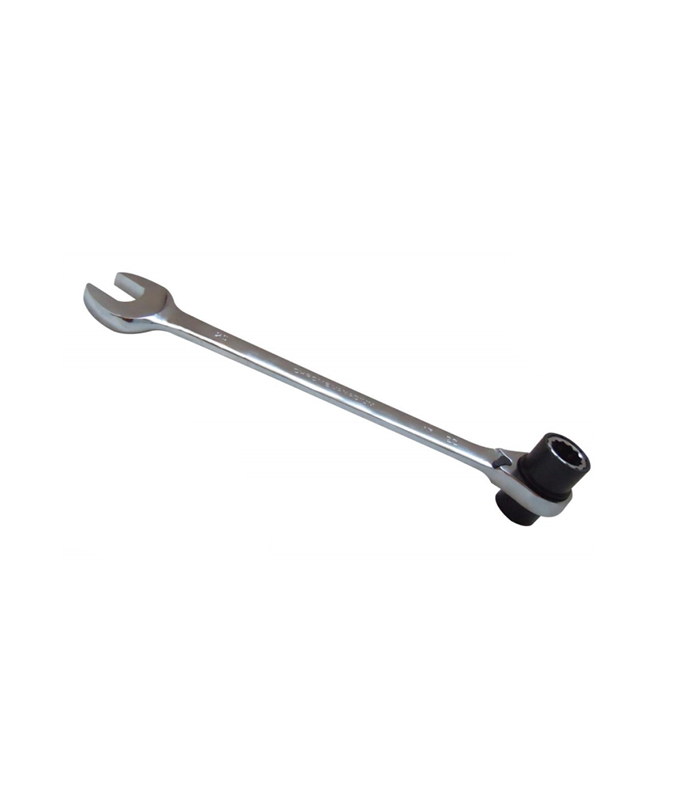

A percussion wrench is one of the commonly used install […]
A percussion wrench is one of the commonly used installation and removal tools. The adjustable wrench can arbitrarily adjust the size of the opening size of the wrench within the range. It is used to disassemble and install bolts and nuts within the limit of opening size, especially irregular bolts or nuts. Used to tighten bolts or nuts with high torque. Use only after the opening is tightened. Adjust the size of the opening so that the face of the wrench jaws fits snugly against the face of the nut or bolt.
When using the wrench, do not turn the wrench with both hands at the same time, only one hand can be used with force, and the other hand without force must have a support, and the footsteps should be staggered in a T-shape to prevent the wrench from slipping and falling during the operator's exertion. Accidents occurred.
An electric wrench is a power or battery-powered wrench, a tool for tightening bolts

Pneumatic wrenches are available in every standard ratchet socket drive size, from small 1/4" drive tools for small assembly and disassembly, to 3.5". Pneumatic wrenches are generally not suitable for the fastening of ceramic or plastic mounting parts. The working principle of torque wrench The principle that a torque wrench (torque wrench) emits a click sound is very simple, which can be understood in the following steps:
1. After the torque wrench makes a "click" sound, it indicates that the torque value you require has been reached;
2. The "kata" issued by the torque wrench is generated by its own internal torque release structure, which is divided into three structures: pressure spring, torque release joint, and torque ejector rod.
3. First set the required torque value on the torque wrench (the spring sleeve on the ejector rod presses the torque release joint), lock the torque wrench, and start to tighten the bolts.
When the bolt reaches the torque value (when the applied torque is greater than the pressure of the spring), there will be a momentary disjoint effect. At the moment when the disjoint effect is produced, there is a knock on the joint, and the "click" sound from the metal casing of the wrench. From this, we can confirm the reminder function of reaching the torque value (actually, it is just like the principle that our arm joints are bent at 15 degrees and placed in the iron pipe and will hit the steel pipe after being straightened for an instant). The above are the commonly used manual torque wrenches, in addition to electric torque wrenches, pneumatic torque wrenches, etc. The characteristics of the wrench 1. It is easy to operate. Second, save time and effort.
Yuyao Golden Sun Tools Co., Ltd.